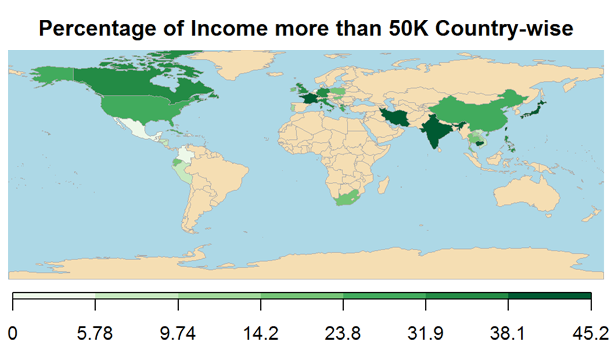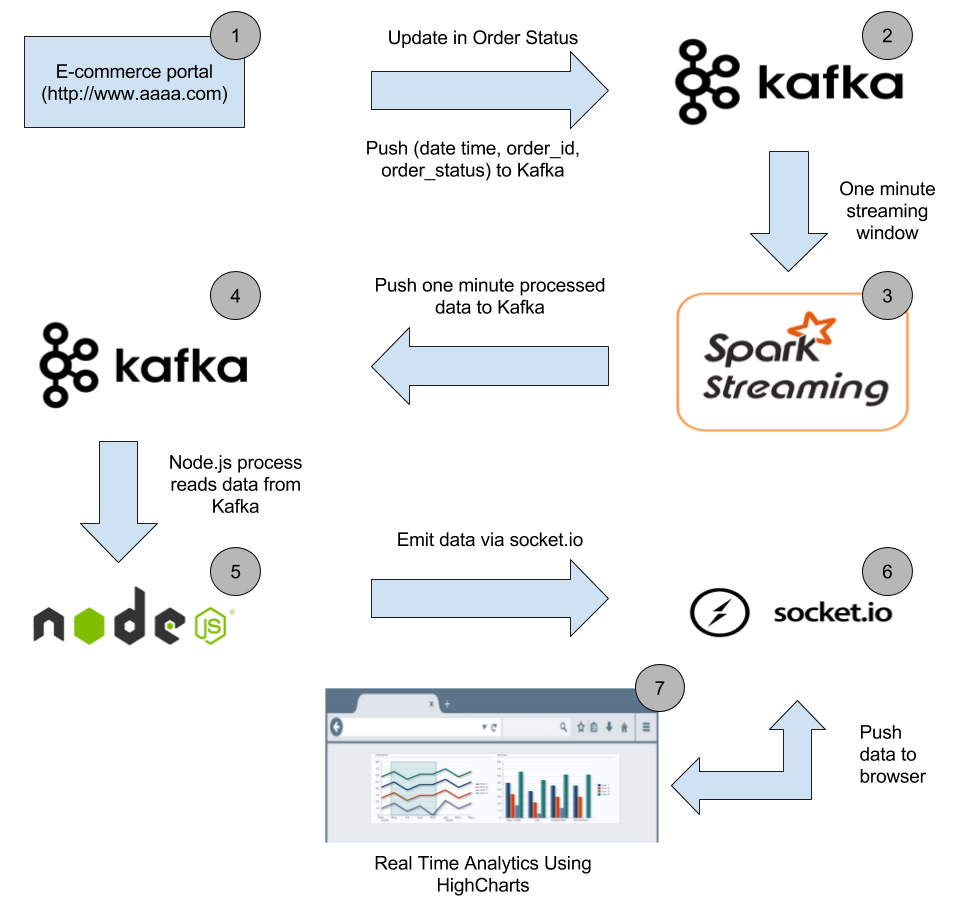1. Introduction
In this data analytics case study, we will use the US census data to build a model to predict if the income of any individual in the US is greater than or less than USD 50000 based on the information available about that individual in the census data.
The dataset used for the analysis is an extraction from the 1994 census data by Barry Becker and donated to the public site http://archive.ics.uci.edu/ml/datasets/Census+Income. This dataset is popularly called the “Adult” data set. The way that we will go about this case study is in the following order:
- Describe the data- Specifically the predictor variables (also called independent variables features) from the Census data and the dependent variable which is the level of income (either “greater than USD 50000” or “less than USD 50000”).
- Acquire and Read the data- Downloading the data directly from the source and reading it.
- Clean the data- Any data from the real world is always messy and noisy. The data needs to be reshaped in order to aid exploration of the data and modeling to predict the income level.
- Explore the independent variables of the data- A very crucial step before modeling is the exploration of the independent variables. Exploration provides great insights to an analyst on the predicting power of the variable. An analyst looks at the distribution of the variable, how variable it is to predict the income level, what skews it has, etc. In most analytics project, the analyst goes back to either get more data or better context or clarity from his finding.
- Build the prediction model with the training data- Since data like the Census data can have many weak predictors, for this particular case study I have chosen the non-parametric predicting algorithm of Boosting. Boosting is a classification algorithm (here we classify if an individual’s income is “greater than USD 50000” or “less than USD 50000”) that gives the best prediction accuracy for weak predictors. Cross validation, a mechanism to reduce over fitting while modeling, is also used with Boosting.
- Validate the prediction model with the testing data- Here the built model is applied on test data that the model has never seen. This is performed to determine the accuracy of the model in the field when it would be deployed. Since this is a case study, only the crucial steps are retained to keep the content concise and readable.
Continue reading “Predicting Income Level, An Analytics Casestudy in R”








 Hadoop Developer‘ (CCA175) certification using CloudxLab for hands-on practice. Having completed the certification,
Hadoop Developer‘ (CCA175) certification using CloudxLab for hands-on practice. Having completed the certification,